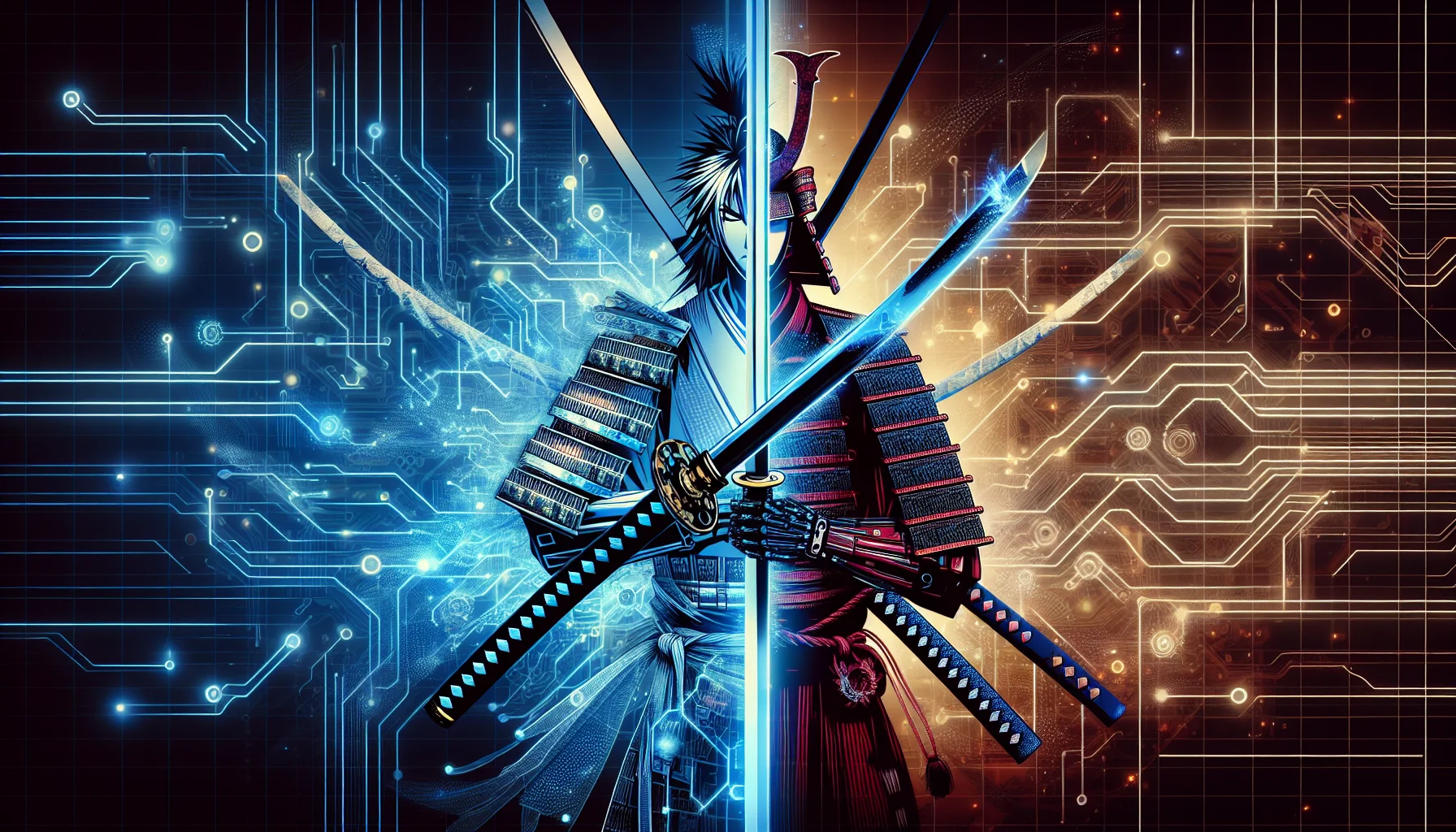
From Hashira to High-Tech: What Demon Slayer’s ‘Mind-Blowing’ Success Teaches the Tech World
Recently, Zach Aguilar, the English voice actor for Tanjiro Kamado, described the anime sensation Demon Slayer as a “cultural phenomenon.” He’s not wrong. The series, and particularly its film adaptations, haven’t just broken box office records; they’ve shattered them, creating a global wave of enthusiasm that few properties ever achieve. Aguilar called the success “mind-blowing,” and for many, it seems to have come out of nowhere.
But for those of us in the world of technology, startups, and software development, “overnight successes” are rarely what they seem. Behind every viral app, every disruptive SaaS platform, and every game-changing piece of code, there are years of dedication, brilliant strategy, and a relentless focus on core principles. The same is true for Demon Slayer. Its meteoric rise isn’t magic; it’s a masterclass in product development, market strategy, and user engagement.
So, let’s unsheathe our own Nichirin blades and dissect the anatomy of this phenomenon. What can entrepreneurs, developers, and tech leaders learn from a boy with a checkered haori and his demon sister? The answers are more relevant to your next line of code or business plan than you might think.
Lesson 1: The Uncompromising “Product Quality” as Your Core Differentiator
Before we even talk about the story, we have to talk about the visuals. The animation studio, Ufotable, is legendary for its breathtaking quality. The fluid combat, the stunning “Breathing Style” effects that blend traditional art with digital wizardry—it’s a visual feast. This isn’t just “good animation”; it’s a statement. It’s the core value proposition.
The Tech Translation: User Experience (UX) is Your Ufotable.
In the world of software and SaaS, your user interface and user experience are your animation quality. You can have the most powerful backend and the most sophisticated machine learning algorithms, but if the user-facing product is clunky, slow, or unintuitive, you’ve


